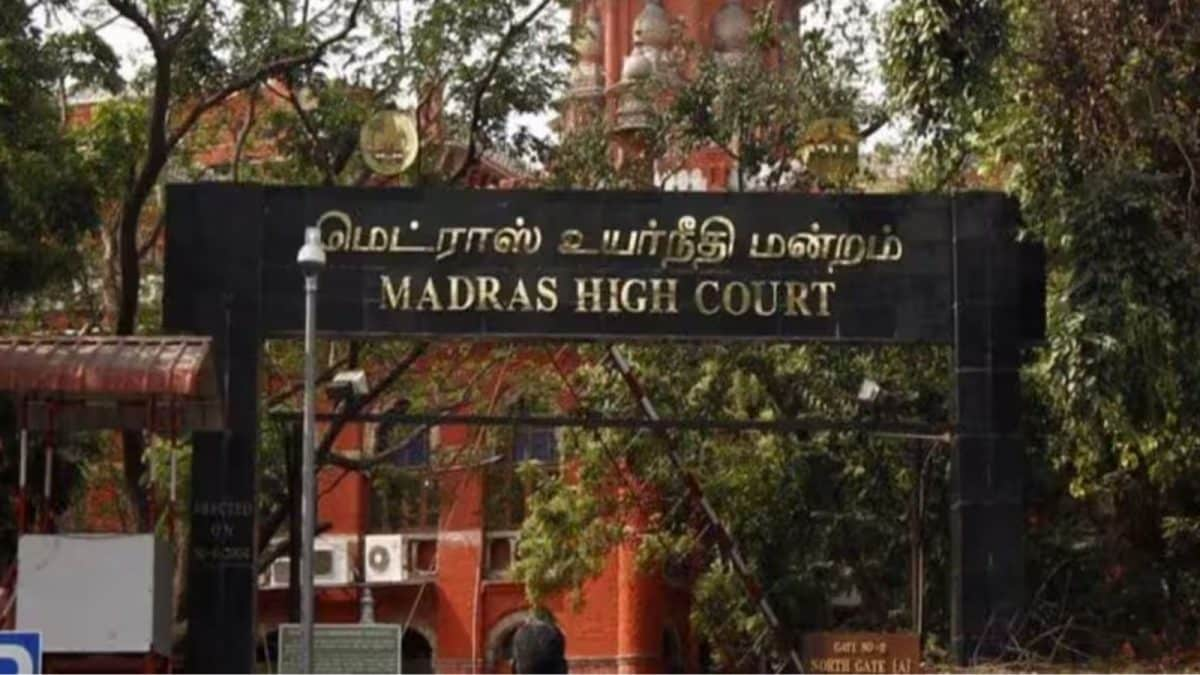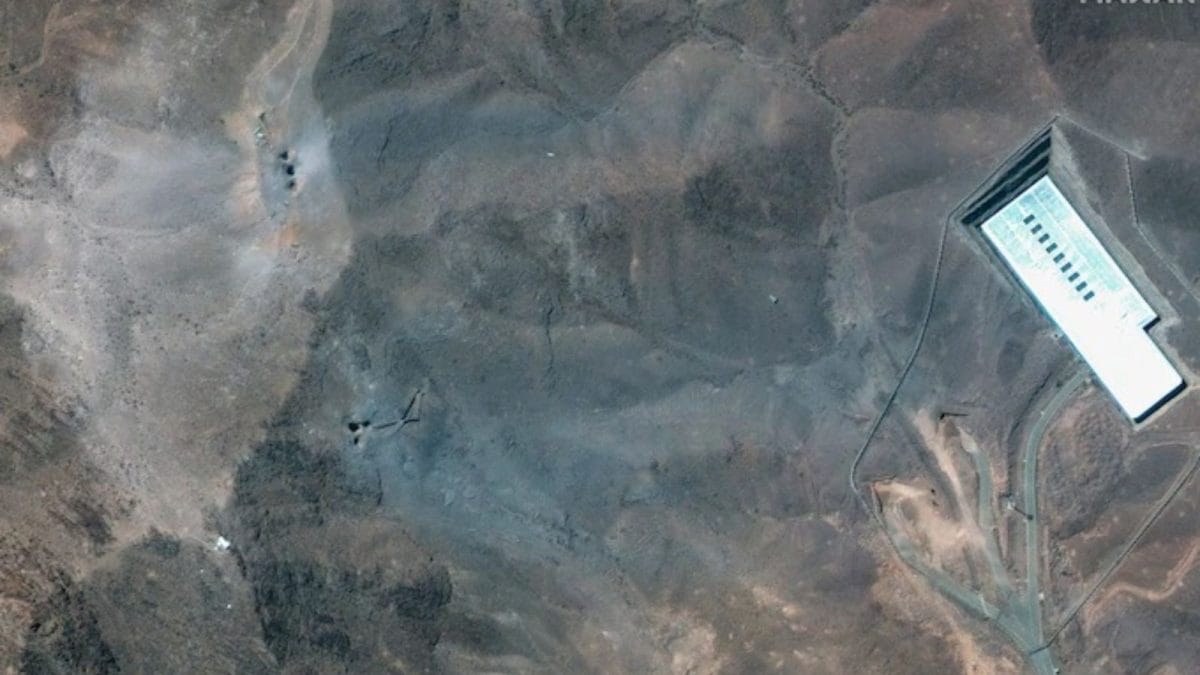To enhance undersea surveillance technologies, India and Australia have launched a three-year joint research project.
The inaugural project aims to improve the early detection and tracking of submarines and autonomous underwater vehicles.
According to a statement from the Defence department of the Australian Government, the agreement outlines a three-year joint research project between the Defence Science and Technology Group’s (DSTG) Information Sciences Division and its Indian counterpart agency, the Defence Research and Development Organisation’s Naval Physical and Oceanographic Laboratory.

The leading-edge research will explore using Towed Array Target Motion Analysis to improve the reliability, efficiency and interoperability of current surveillance capabilities.
Discipline Leader in DSTG’s Information Sciences Division, Amanda Bessell, said Target Motion Analysis was a collective term for target tracking algorithms, developed to estimate the state of a moving target.
“Target Motion Analysis is the crucial element in maintaining platform situational awareness, when a passive mode of operation is required,” Ms. Bessell said.
This research project is unique in the way it utilises a towed array-based signal processing system.
DSTG Senior Researcher, Sanjeev Arulampalam, explained that a towed array consisted of a long linear array of hydrophones, towed behind a submarine or surface ship on a flexible cable.
“The hydrophones work together to listen to the undersea environment from various directions,” he said. “The sound signal is passed through a signal processor, which analyses, filters and detects underwater acoustic signals emitted from maritime targets.”

The combination of the Target Motion Analysis with the towed array system is intended to manage noise corruption and explore possible performance improvements.
The joint project will put novel algorithms to the test, using the strengths and shared knowledge of the two countries.
“The project arrangement will involve the sharing of ideas, investigation trials, algorithm demonstrations and performance analysis,” Mr. Arulampalam said.
With the scope of the underwater battlespace changing, including the increased use of autonomous vehicles, improving surveillance capabilities is a priority.
“The output of this research program has the potential to guide the development of future algorithmic directions for our undersea combat system surveillance technologies,” Chief Information Sciences Division, Suneel Randhawa, said.
Harnessing international partnerships enables Defence to access a greater range of expertise, infrastructure and technical data to help address mutual problems and deliver innovative technologies.
“We need to harness the best minds in innovation, science and technology to build new capabilities, to innovate at greater pace, and to strengthen our strategic partnerships,” Mr. Randhawa said.
This project is the latest milestone in increasing maritime domain awareness cooperation between Australia and India.



.png)
.png)
.png)
















 7 hours ago
3
7 hours ago
3









 English (US) ·
English (US) ·